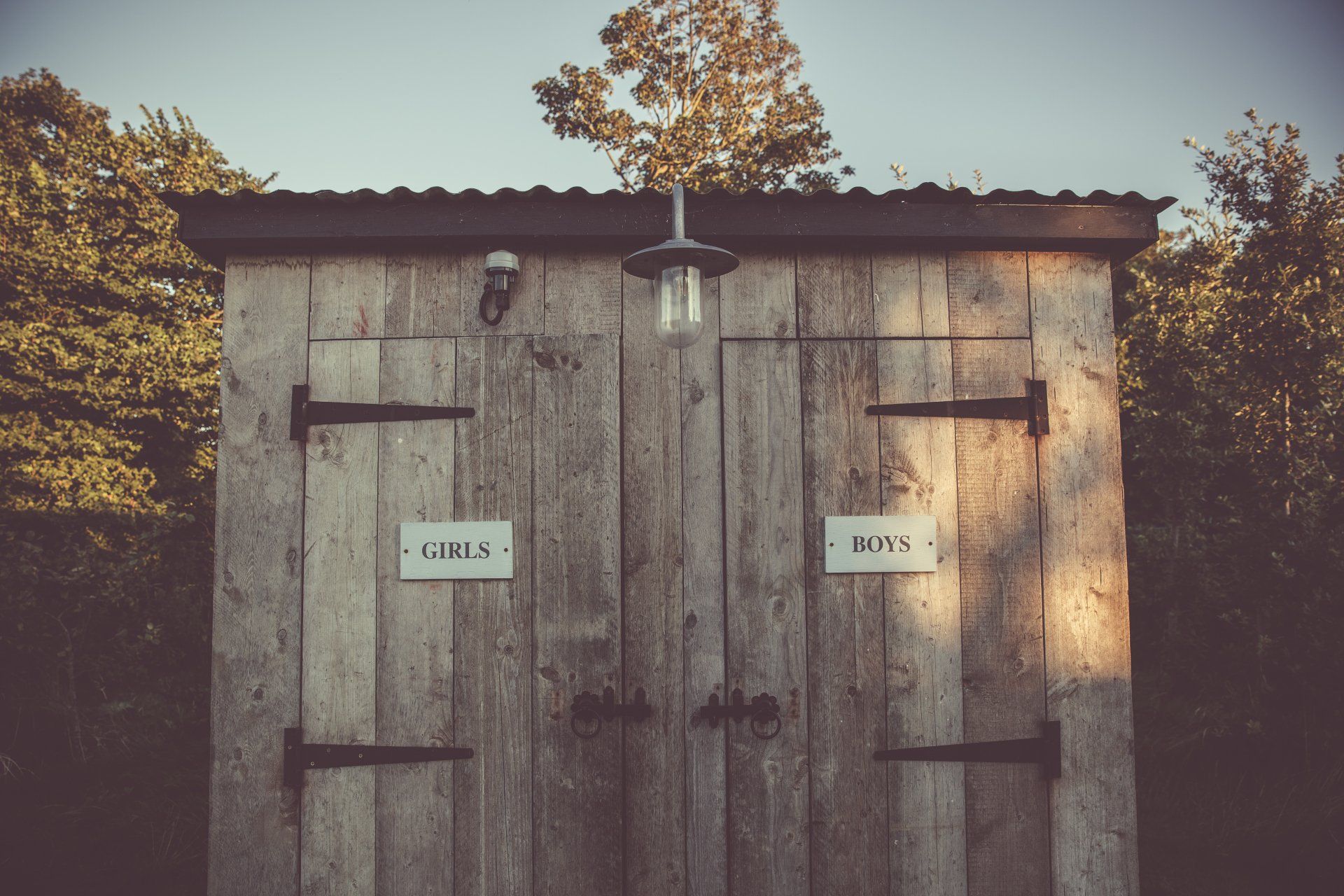
Proper Care and Feeding of Your Septic System
Your septic system contains a collection of living organisms that digest and treat household waste. The reason we don't warranty septic systems in any way shape or form, as outlined in our contract, is that they are sensitive to abuse - and it's that abuse that really is the only thing that can cause a problem with the system. Anything that goes down your drain that can kill these organisms will kill your septic system. Whether you are at the kitchen sink, bathtub, or utility sink, remember to allow nothing down your drain except water and toilet paper. Damage to a septic system can happen quickly - if plastic is flushed down the drain, for instance, or it can take months or years. Gradual misuse and abuse of the system may not present a problem until years are the system has been damages. Therefore, the most important thing you can do is treat your system, and make sure your family and your guests, treat your system properly. Septic system maintenance is not complicated or burdensome, and so if you follow these simple rules your system should operate trouble-free for years.
Use Water Efficiently
The average indoor water use in a typical single-family home can be as much as 70 gallons per individual, per day. All the water a household sends down its pipes ends up in its septic system. The more water a household conserves, the less water enters the septic system. Efficient water use improves the operation of a septic system and reduces the risk of malfunctions.
- Don’t flush unnecessarily. This will have the greatest impact in reducing overloading your septic with water. You need to give the bacteria in the system time to react and process waste, so too much water to quickly works against good, natural maintenance of the system. So don’t let the kids flush after every little tinkle, especially if the home is being used more than occasionally.
- Faucet aerators, high-efficiency showerheads, and shower flow restrictors help reduce water use and the volume of water entering your septic system.
- Washing machines. Try to spread washing machine use throughout the week. Doing all household laundry in one day might seem like a time-saver but it can overload your system with water, not allowing your septic tank enough time to treat waste properly. Washing small loads of laundry on your washing machine’s large-load cycle wastes water and energy. By selecting the proper load size, you will reduce water waste. If you are unable to select a load size, run only full loads of laundry. Clothes washers that bear the ENERGY STAR label use 35 percent less energy and 50 percent less water than standard models. Other Energy Star appliances provide significant energy and water savings.
Properly Dispose of Waste: Sinks and toilets are not trash cans.
Whether you flush it down the toilet, grind it in the garbage disposal, or pour it down the sink, shower, or bath, everything that goes down your drain ends up in your septic system. What goes down the drain affects how well and if your septic system works. Your septic system is not a trash dump. An easy rule of thumb is not to flush anything besides human waste and toilet paper.
Never use a garbage disposal in a kitchen sink or pour any of the following down a sink drain:
- Cooking grease or oil
- Bleach, ammonia or chemicals of any kind solutions
- Condoms
- Coffee grounds
- Pharmaceuticals
- Antifreeze, solvents, paint or paint thinners
- Chemical drain openers (use boiling water instead)
Never allow any of the following to enter a tub or toilet:
- Cooking grease or oil
- Non-flushable wipes, such as baby wipes or other wet wipes
- Feminine hygiene products
- Condoms
- Dental floss
- Diapers
- Cigarette butts
- Cat litter
- Paper towels or tissues
- Pharmaceuticals
- Paint
- Bleach or household chemicals
- Chemical drain openers (use boiling water instead)
Maintain Your Drainfield
Your drainfield—a component of your septic system that removes contaminants from the liquid that emerges from your septic tank—is an important part of your septic system.
Here are a few things you should do to maintain it:
- Parking: Do not park or drive on your drainfield.
- Planting: Plant trees the appropriate distance from your drainfield to keep roots from growing into your septic system.
- Placing: Keep roof drains, sump pumps, and other rainwater drainage systems away from your drainfield area. Excess water slows down or stops the wastewater treatment process.
Inspect and Pump
The average household septic system should be inspected at least every three to five years by a septic service professional, according to the EPA. Household septic tanks are typically pumped every three to five years. Alternative systems often require a service contract, since they have filters and/or more mechanized parts. If you have an alternative system, please understand the maintenance required. There are too many types of systems to list details here.
These are the major factors that influence how often to pump your septic system:
- Household size
- How often the house gets used
- The type of system you have
- Total wastewater generated
- Septic tank size
Alarms:
Your system has a pump in the tank that is wired to an alarm in the house. If the alarm goes off, be sure to have a qualified service provider check it. Don't just keep silencing the alarm. It's an indication of a problem with the pump or the system may be overloaded or have been misused.
Frequent Questions on Caring for Septic Systems
- Should I be careful of what I pour down the drain?
- Yes. Many materials that might be poured down the drain do not easily decompose. This can be harmful to the healthy bacteria that grow in your septic tank and drainfield to help break down organic matter. Do not pour grease (such as fats, butter, wax, cheese, heavy cream), liquid wastes (such as pesticides, drain cleaners, household chemicals, paints, paint thinners), oils or coffee grounds down the drain.
- Does using a garbage disposal unit impact my septic system?
- Yes. Disconnect or remove your garbage disposal.
- What can I flush down the toilet?
- Nothing, except water and toilet paper.
- Should I avoid driving or building on my drainfield?
- Yes. Do not drive on your tanks or your drainfield.
- Do not build any structures in or on your drainfield.
- Do not plant trees, shrubs, or vegetable gardens on the drainfield. Tree and shrub roots can ensnarl and damage drainfield pipes. Vegetables can potentially be exposed to sewage effluent and unsafe to consume. Native grasses and ground covers are the most appropriate planting over your drainfield.


